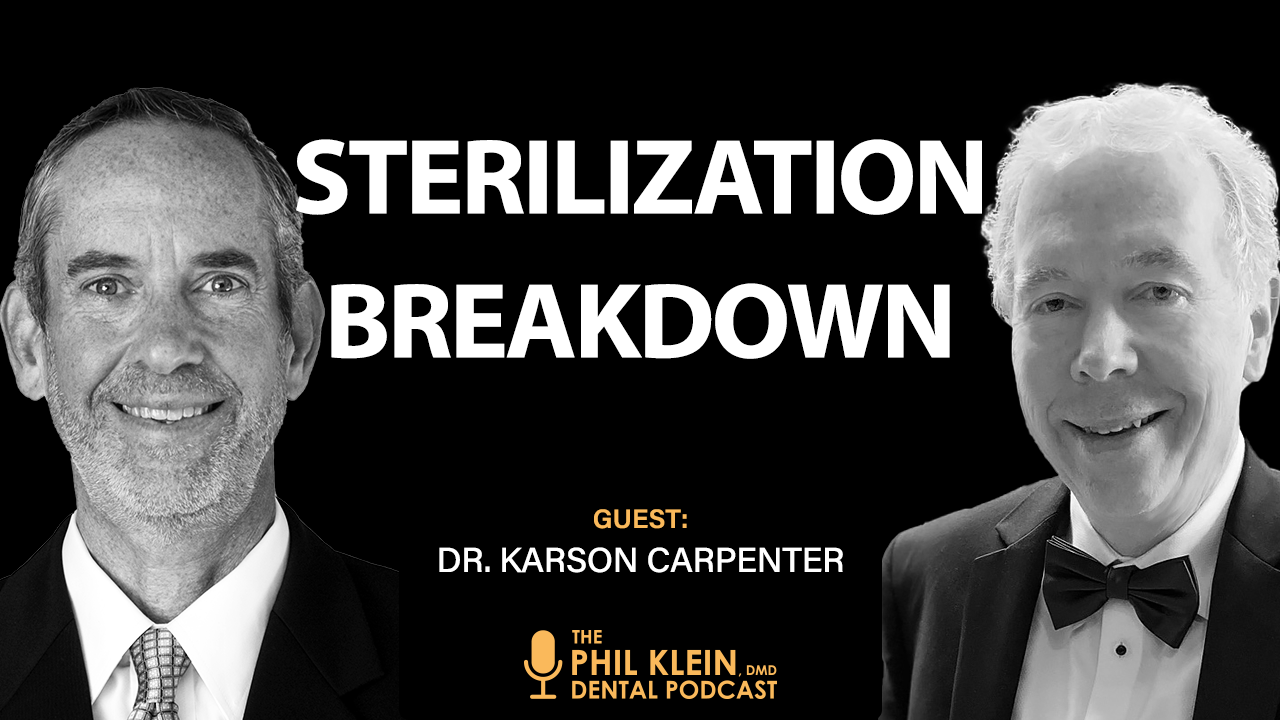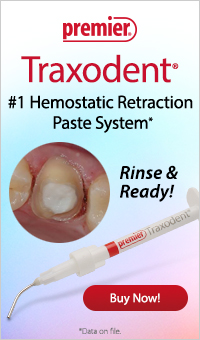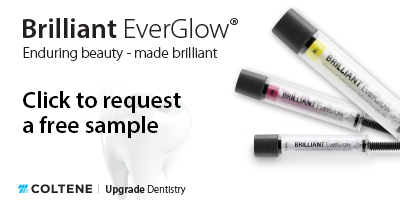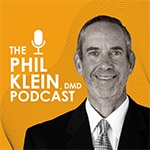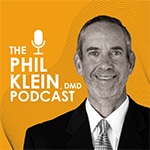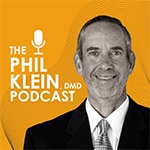
Dental Insurance Claims: Getting Paid for the Work You Do

“I love the process of getting my practice’s claims paid by
my patients’ dental insurance providers,” said no dental professional anywhere,
ever! Luckily, once you understand the claims review process from the point of
view of a dental insurance claims reviewer, you’ll find it easier to get paid
for the work that you do.
To get inside the mindset of a dental insurance claims reviewer, we spoke with Dr. Dominique Fufidio. A former clinical claim reviewer for a utilization management company, Dr. Fufidio is now the CEO and Founder of Fufidio Consulting Group, where she coaches dental professionals on the clinical aspects of the dental insurance claims review process.
“Insurance companies do want to pay out benefits,” Dr. Fufidio says. The secret for getting them to do so is to understand how the process works.
Many claims are reviewed by third parties
“There’s a concept called ‘utilization management,’” Dr. Fufidio explains, “where you’re looking at the codes that are being submitted and how they’re being utilized in the office.” Insurance companies often outsource this process to a third party, especially when they don’t have the manpower to do it in-house or don’t have a licensed dentist in the state that’s required for a specific claim. Dr. Fufidio worked for one of these third-party utilization review agents.
Here’s how the process works. First a claims reviewer checks to be sure that a claim is clean and complete. After that, a clinical claim reviewer reviews the claim to see if it meets the insurance company’s clinical criteria. However, that person does not make the final determination on whether the claim will be paid. Their role is to make a recommendation to their client, i.e. the insurance company, regarding if payment should be made.
At that point, Dr. Fufidio reports, the insurance company will make the final decision regarding approving or denying the claim. Once that decision is made, the insurance company sends an EOB (Explanation of Benefits) form to both the dental office and the patient. If the claim was denied, this EOB provides a reason why.
You need to help the clinical claim reviewer understand the case
“There has been a paradigm shift,” Dr. Fufidio shares, “where insurance companies want to auto-accept a lot of procedures.” That said, each provider has specific criteria that must be met for each procedure. Which means that one of your goals is to make it easy for the clinical claim reviewer to see that the case met the criteria for the codes being submitted.
For example, perhaps you have a case where the radiograph looks fine, but your treatment decision was based on the fact that the patient had irreversible pulpitis – which, of course, does not show on the radiograph. There was very deep decay. In this situation, your claims submission should include a narrative about this pulpitis and decay. In addition to noting this in the “remarks” section of the claim form, you should also include a separate attachment with the details.
Or maybe you are submitting a claim for a crown. The clinical claim reviewer will be looking for things such as if there was a cusp lost and if there was decay that was so extensive that it met the specific criteria for that specific insurance company. A well-written narrative and associated image can address this.
What if your claim is denied?
“After an adverse determination,” Dr. Fufidio advises, “I always recommend doing an appeal and submitting all the information you have pertinent to that specific treatment.”
If the EOB indicates that the problem was simply administrative – you didn’t dot all the i’s and cross all the t’s – then the first step is simply to address this issue. Otherwise, there will be something on the EOB explaining how to exercise your right to a peer-to-peer call. “Have your front office call,” Dr. Fufidio says, “and say they would like to arrange a peer-to-peer call. It is a right you have to understand why that claim has the adverse determination. Normally your staff member will then be told that the clinical claim reviewer will call in two business days, on back-to-back days. You will get a loose timeframe of when they will call.”
Meanwhile, it doesn’t hurt to let your patient know that the claim was denied and that you are in the process of appealing this. After all, the patient will also get a copy of the EOB. This will let the patient know that you’re working on it, so at this point in time the patient does not need to take any action them self.
[blogad]
Preparing for the peer-to-peer call
It is a good idea to be as prepared as possible for your peer-to-peer call with the clinical claim reviewer. Your goal is to be ready to be quick and efficient with the delivery of your message regarding the clinical case. You’ll want to walk them through the clinical procedure so they can understand why you made the treatment decisions that are reflected on your claim.
Be aware that the clinical claim reviewer has the right to ask for convincing documentation, which could be a screen capture of your clinical progress notes. Have this documentation available.
A potential problem comes when you’re not available when the clinical claim reviewer happens to call. After all, appointments for peer-to-peer calls are usually based on a general time frame, not a specific time, and you may be busy with a patient.
The clinical claim reviewer will make a good faith effort to call you during the stated time frame. If you are not available when they call, or if you cannot get to the phone within a certain amount of time, they will call back on the following business day.
When she was a clinical claim reviewer, Dr. Fufidio was instructed not to wait more than two minutes on hold, because she had a certain number of claims she had to call and close. “The protocol that was given to me,” she relates, “was that if I were to call on two back-to-back days and not reach the doctor, that claim was closed. There was no change to the denial. The office could call back and arrange another peer-to-peer call, but we had to close these because there are statewide and federal regulations about these claims going so long without any action.”
Many denials are overturned
When Dr. Fufidio was a reviewer, she found that the likelihood that a peer-to-peer conversation would convince her to recommend that a denial should be reversed often depended on the nature of the claim.
Denials of scaling and root planing claims were harder to overturn, because the insurance provider may have required a specific amount of bone loss as measured radiographically from the CEJ to the crest of the bone. But for many other situations, that conversation often helped overturn an adverse determination.
Of course, rather than relying on a peer-to-peer conversation to overturn a claim denial, your goal should be to submit enough information with the claim – including that all-important narrative for cases that require explanation – so that the claim is accepted in the first place.









